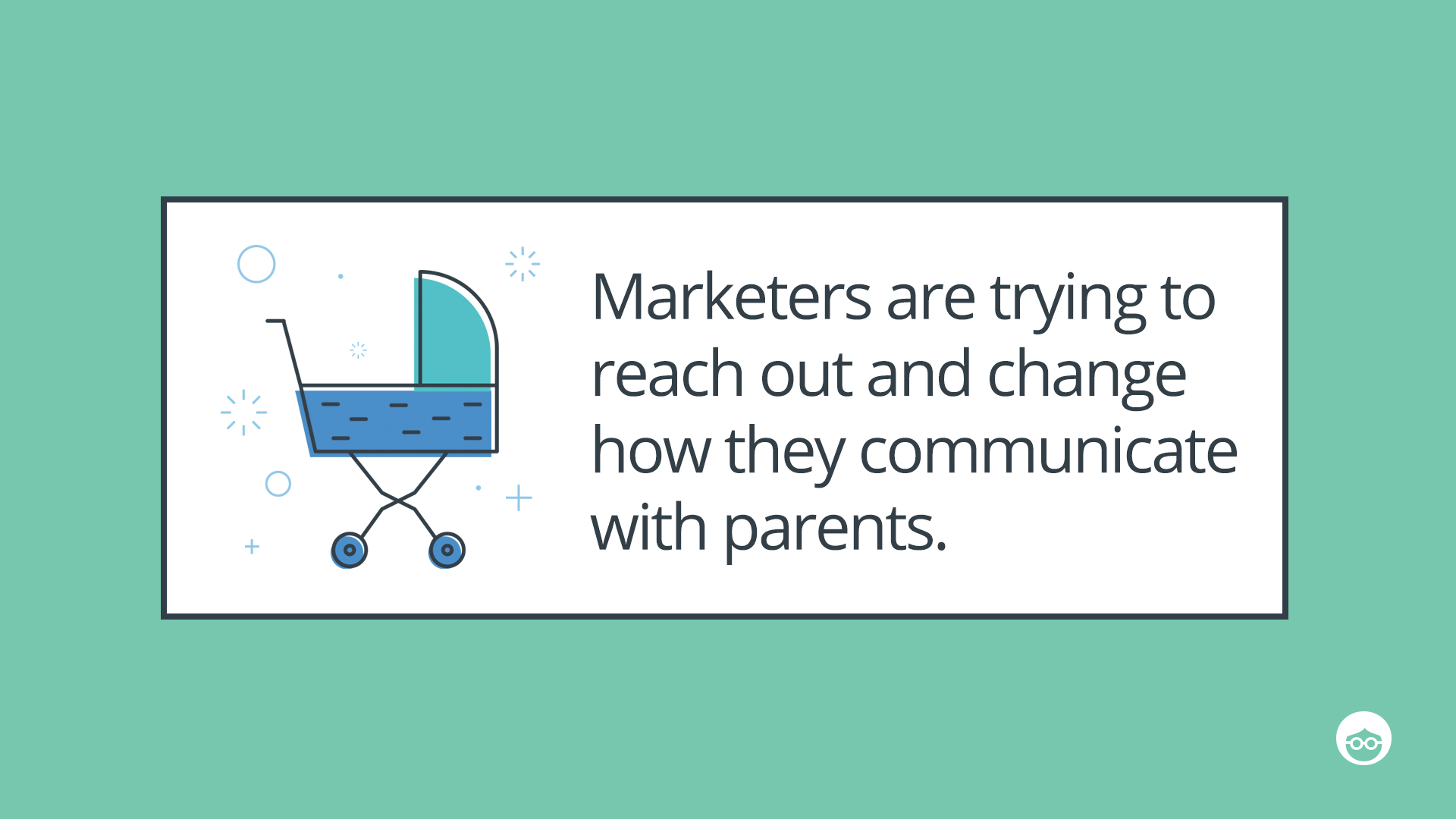New Parents: Building Bonds With Babies and Brands

New parents have to make many decisions about which products they will buy, such as strollers, car seats, cribs, diapers and baby food. In addition, parents might also be considering the purchase of a new car, a larger home or a life insurance policy.
Yet at the one time new parents really need the most information, they are also avoiding the interruption of ads. So marketers have to work hard to earn their attention, keeping in mind there is a very tight window of opportunity in which new parents will choose brands—and often will not change them for six or seven years.
Nielsen research finds that consumers aged 18 to 49 have had a significant drop-off in watching television. In fact, people are blocking ads more than ever due to ad blockers—in January 2015 there were 198 million ad blockers installed compared to 376 million in January 2016.
P&G’s Chief Brand Officer Mark Pritchard, summed it up best when he said: “We bombarded consumers with thousands of ads a day. Subjected them to endless loads. Interrupted them with pop ups and overpopulated their screens.”
So as an industry, marketers are trying to reach out and change how they communicate with parents. They are moving more and more to pull marketing to deliver useful content and give consumers a choice along with added value throughout the customer journey. This provides the opportunity to own the media as opposed to fitting in with existing options.
For example, here is a clever video by Mattel in which the brand speaks to parents, addressing their concerns about Barbie stereotypes by showing parents that Barbie can be anything.
Marketers can pull in an audience using search or social—but they need to know what people are searching for.
Thanks to the reach of Outbrain technology, we can see millions of pieces of content across multiple networks. And by analyzing the data within a dedicated category, we can see exactly what type of content each individual consumes and when they consume it.
For example, over the past four weeks in Australia, there were nearly 4.5 million unique visitors who engaged with parenting content. That’s a huge number of visitors—surpassed only by consumers researching travel content.
Interestingly, content about newborns and development of children is in very high demand—but very low supply. That represents a huge opportunity for marketers to develop the content that customers are seeking.
Of the unique users, 63% used smartphones and 13% used tablets—so marketers should make sure their content is optimized for mobile platforms.
Content consumption peaked at around 3pm—which makes sense as this is often nap-time for babies. Knowing this can help marketers schedule campaigns or social media posts.
As might be expected, the original source can drive how much time consumers spend engaging with parenting content.
- Social: 4.3 minutes
- Search: 5.0 minutes
- Publisher page: 8 minutes—clearly a very engaged audience
Knowing when, where and how new parents are consuming content can help marketers inform their content strategy—and engage with customers who are building bonds with babies and brands.














